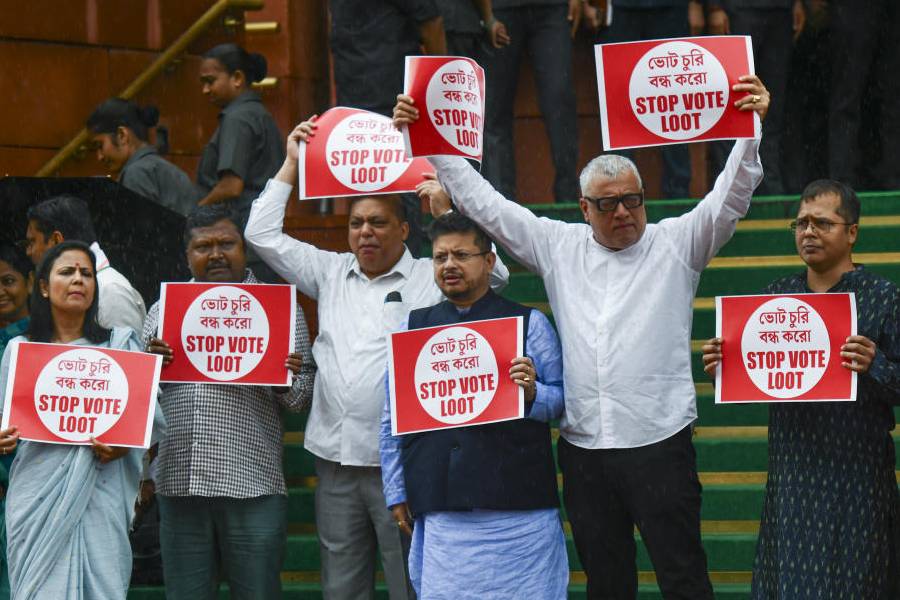
HIGHER THAN EVEREST: MEMOIRS OF A MOUNTAINEER By Major HPS Ahluwalia, Niyogi, Rs 695
On May 29, 1965, HPS Ahluwalia, then a major in the Indian Army, stood on top of Everest. The date was significant for any expedition to Everest - it was the same date in 1953 when Sir Edmund Hillary and Tenzing Norgay made history with the first ascent of Everest. It was also the first time that an Indian expedition made it to the top of the mountain.
The story of that expedition has been recorded in Nine Atop Everest, written by the expedition's leader, M.S. Kohli. Much has changed in Himalayan mountaineering over the past fifty years. Climate change, disillusionment among the sherpas and commercialization of climbing, especially of Everest, have made it all a very different game from what it was when Ahluwalia and his team mates were out there.
His account of the climb to the summit conjures up a different era when a letter from the base camp took eight days to reach Kathmandu and when an expedition team would have as many as eight hundred porters and fifty high-altitude sherpas. The book's two chapters on the expedition hold the mirror to a vanished age in Everest-climbing.
The team's triumph of Everest was hailed as a rare national achievement. The expedition members were feted across the country in celebrations attended by the highest of public officials.
For Ahluwalia, though, the triumph was soon followed by tragedy. By the time the celebrations had stopped, India and Pakistan had gone to war. Barely four months after he had stood on top of Everest, he was felled by an enemy bullet in the battle zone of Jammu and Kashmir. It was a devastating spinal cord injury that paralysed him from his waist down. He was only twenty-six and thought it was the end not only of all dreams but also of an ordinary life.
The book opens, not on the Death Zone on Everest, but in an Indian Army hospital ward where Ahluwalia struggles to cope with his tragedy. The first big emotional test comes when he has to tell his bride-to-be that the engagement has to end before it can even begin. He passes the test, thereby marking the first step towards braving the tragedy.
He carries on the struggle from the hospital in New Delhi to another in Mumbai and then to another in England. But the story is not just about maladies, physical and emotional. Beyond suffering and occasional spells of despair is the narrative of an extraordinary struggle to keep alive a dream and a determination to pursue it.
The dream took shape as he moved between hospitals and played his part in the preparations for a documentary on India's first successful Everest expedition. He had recovered enough to be selected for a Silk Route Expedition jointly sponsored by the governments of India and China and to get married.
But Ahluwalia was now desperate to start work on his dream of founding a medical institute to treat and rehabilitate patients with spinal cord injuries. After having tried to set it up as a government facility and failed, he decided to form an NGO in order to do it. The result was the Indian Spinal Injuries Centre in New Delhi, that was born in 1983 with the then prime minister, Indira Gandhi, as its patron-in-chief.
"I venture to think", he writes, "that my experience as an Everest climber has provided much of the inspiration to face life's ordeals resolutely". One tends to agree with his sentiment. After all, Everest is not just a thing of beauty; climbing it is an extraordinary test of courage and endurance.
Ahluwalia's story is ultimately one of triumph over tragedy. Its simple, modest tone makes it an authentic narrative about what the human will can achieve.











